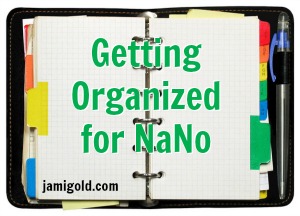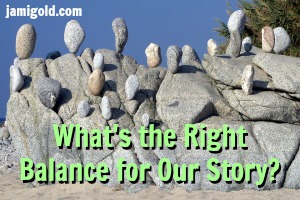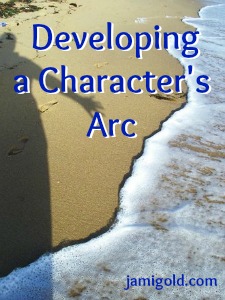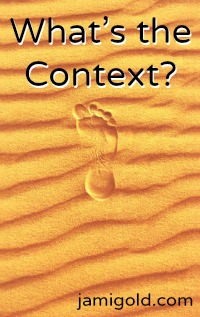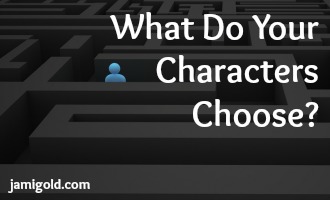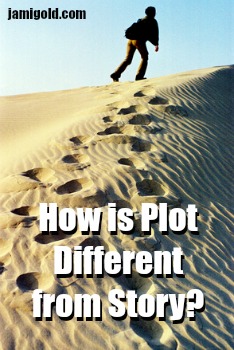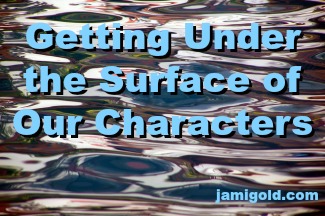It’s almost time for NaNoWriMo, and if you’re anything like me, you might be freaking out a little as November nears. So here are several quick links to posts helping us plan, start, and get unstuck with our story.
Pin It
Read More
A story’s stakes are one element that keeps readers turning pages because they want to see if our characters succeed. At first glance, we might think bigger stakes are better for sucking in readers, but not every story lends themselves to huge stakes. Are “quieter” stories doomed to fail the “page-turner” test?
Pin It
Read More
I’ve offered several posts here about balancing various elements of our story, but there’s still room for debate because we have to find the right balance for our voice, genre, tone, and style—for our story. That means there is no perfect amount of backstory or description or emotion.
Pin It
Read More
There are almost an infinite number of ways we can develop our story. As long as we end up with a finished book, our process works. And just like the variety found in the overall writing processes we might use, we have many options for how to come up with our protagonist’s arc as well.
Pin It
Read More
Story beginnings are difficult to get right. We have to introduce the characters, the story, the setting, the protagonist’s longing, and show an immediate obstacle that creates a near-term goal. At the same time, we have to avoid confusing readers, and for that, we need context.
Pin It
Read More
As writers, we do everything we can to make readers invested in our characters in some way. An invested reader is a happy reader, right?
Well, maybe not. Let’s take a look at the other side of character development.
Pin It
Read More
Ashley asked a question in the comments last week that gets at the heart of strong, proactive characters. Even in literary fiction, characters are usually faced with making choices, and whatever triggers those choices is where we’ll find plot and character agency.
Pin It
Read More
When we first start off as writers, if someone asks us about our story, we might launch into an overview of our story’s plot. It’s easy to think the plot is what our story is about. But with few exceptions, story isn’t the same as plot.
Pin It
Read More
Aphantasia is the term for when someone can’t imagine something in their mind–“mind blindness” or not having a “mind’s eye.” As writers, this perspective not only gives us all sorts of story and character ideas, but it can also raise many questions about the concept of imagination itself.
Pin It
Read More
I’ve written many times about how much I love subtext, the stuff that happens between the lines. Subtext lurks in many aspects of our stories and helps immerse readers and add realism and tension. In addition, subtext can help us build layered characters.
Pin It
Read More

